|
The article is a continuation of the series of articles for disruptive technologies for smart cities we started publishing in April, 2020. The article is based on the outputs produced by partners under the project Smart Technologies by design (Smart by Design) and is the last from these series. It was found that there are many digital and/or data-based technologies that are to a large extend applicable in the real conditions of the city and contribute to its coping with public problems or challenges. They are used in diverse areas like transport, energy, utility, urban, health, etc. These technologies are called smart city technologies and the main purpose of the Smart Technologies by Design project has been to map and select eleven technologies that refer (to the greatest extent) to the concept of a smart city and have already been implemented in diverse areas of application of one city. This article presents Virtual reality. DescriptionVirtual reality (VR) is a three-dimensional, computer-generated environment that people can explore and interact with. This technology places the user in a new experience; immersing them and making them interact with a new 3D world. The main purpose of VR resides in simulating as many senses as possible, like vision, hearing, touching, and even smelling. It is very common to mix VR with the Augmented Reality (AR). While AR simulates artificial objects in a real environment, VR creates a fully artificial environment for the interaction of users. In order to achieve a full VR experience, it has to correspond with the following aspects:
As there are some technologies that do not respond in the same way like the previous requirements, there are different types of VR:
Current StatusPlatforms Some of the best-known providers of VR technology providers are: Moreover, currently, VR needs some special glasses or Head-mounted displays (HMD) in order to create the virtual world. Some of those glasses are: Existing Standards There are already some international standards for VR applications:
Key Applications VR is a technology that is used in a lot of different types of applications:
Expected EvolutionPlatforms It is obvious that Virtual Reality is one of the most promising technologies for the future. Firms will continue trying to send users to new places that have not been before and providing new solutions to multiple sectors. VR is originally linked to the gaming and entertainment industries but it will also influence other fields. For example, students will be able to explore historical places immersing them in virtual worlds. Even if it seems a very difficult approach in the short term, new platforms and solutions will be developed in order to improve and evolve Virtual Reality towards a more realistic and affordable technology. The idea is that the future of VR will involve more than headsets and controllers, it is expected to be more physical. It will be more sensory-oriented than nowadays, which is more focused on the visual sense. Next devices are expected to introduce much better touch controls, temperature change or smells, making them more complete reality simulators. Standards There are already some standards established in VR. But, as mentioned above, there are lots of working groups conducting new projects with the objective of placing new standards. Some of the most relevant ones are:
Potential Applications in the Future As it is a very cross-sectorial technology that can be applied to most sectors, countless applications will be developed in the future. Some of those can be next ones:
Sources
The article is a continuation of the series of articles for disruptive technologies for smart cities we started publishing in April, 2020. It is result of the ongoing Erasmus+ project Smart technologies by design (Smart by Design) and is based on the outputs produced by the project partners GAIA & DEUSTO and ARIES T. DescriptionAugmented Reality (AR) is the enhanced version of reality where live direct or indirect views of physical real-world environments are augmented with superimposed computer-generated images over a user's view of the real-world. In other words, AR is the integration of digital information with the user’s environment in real time. It is common for people to confuse it with Virtual Reality (VR), but AR uses an already existing natural environment and superimposes on top of it. Users of AR experience a new and improved natural world with the interaction of virtual information which provides different interactive options. On the other hand, VR creates a totally new artificial environment. Even if the technology, apparently, is perfect for leisure and enjoyment, the truth is that AR is becoming very useful in many other industries such as healthcare, public sector, tourism, marketing, etc. Augmented Reality embraces different type of technologies. All of them have different own use cases:
There are some components required for AR devices: sensors, cameras, projectors, processors and reflection machines. Current SituationPlatformsAs mentioned above, there are many different types of applications of Augmented Reality in different use cases. Below are some use cases and providers: Existing StandardsThere are many international standards for the application of the Augmented Reality in multiple sectors. Some of the most relevant ones:
Standards under developmentAugmented Reality is a very new technology that is still working in setting standards. Especially the IEEE Standards Association is working on new standards for virtual and augmented realities, with a working group establishing categories for devices. Standards related to video quality, user interfaces, and file formats. Even if there are already a great number of projects and standards identified, more will be discussed due to the different sectors able to apply them. Some of the standards under development are:
Potential ApplicationsAugmented Reality has an enormous potential in most of the sectors. Some of the potential uses are:
Author KISMC Sources
The article is a continuation of the series of articles for disruptive technologies for smart cities we started publishing in April, 2020. It is result of the ongoing Erasmus+ project Smart technologies by design (Smart by Design) and is based on the outputs produced by the project partners GAIA & DEUSTO and ARIES T. DescriptionBlockchain is a technology that stores transactions between two users belonging to the same network in a secure, reliable and permanent way. It is an incorruptible digital ledger of economic transactions that can be programmed to record virtually everything of value. Data related to exchanges is saved in cryptographic blocks which are interconnected with a hierarchical sequence, creating a chain of different data blocks, giving the name to the technology. It allows users to trace and verify all transactions made. It is impossible to manipulate or change retrospectively making these transactions safer and more secure than current systems. One of the most important and well-known uses of this technology are the crypto-currencies like Bitcoin. There are three technologies required for the implementation of the Blockchain:
The main advantages of this technology are:
|
AuthorSmart by Design Archives
September 2021
Categories
All
|
|
The SMART by Technologies Design project [SMART by Design] Project No. 2019-1-BG01-KA202-062298 has been co-funded by the Erasmus+ Programme of the European Union.
This website reflects the views only of the author, and the European Commission cannot be held responsible for any use which may be made of the information contained therein |
SMART BY DESIGN |
SUPPORT |
Copyright ®2020 SMART BY DESIGN. All rights reserved.
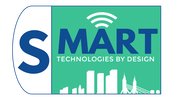

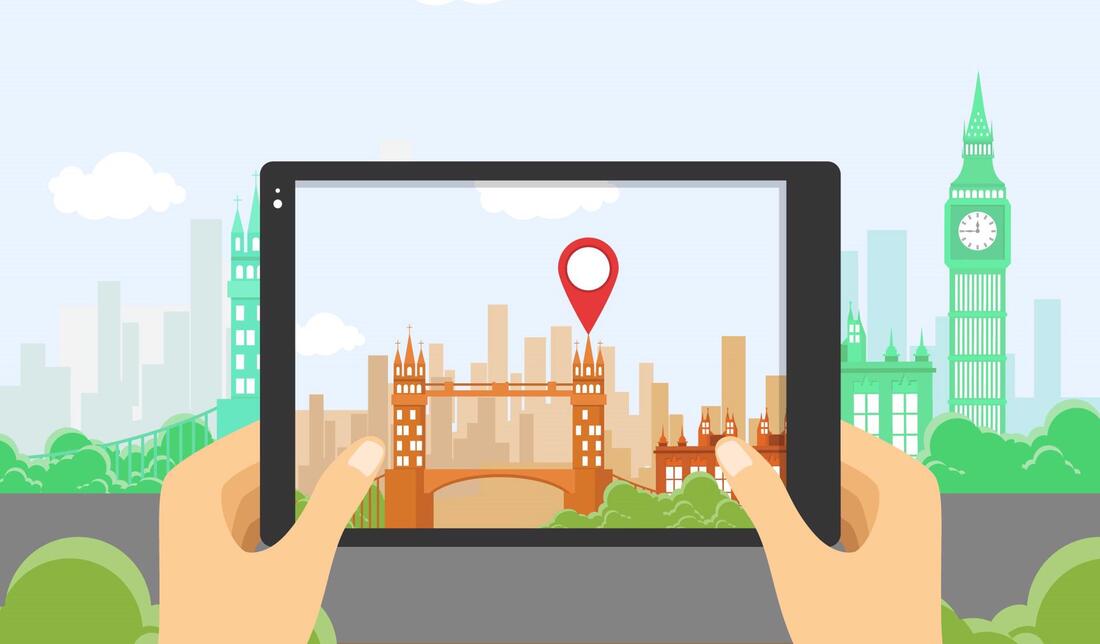
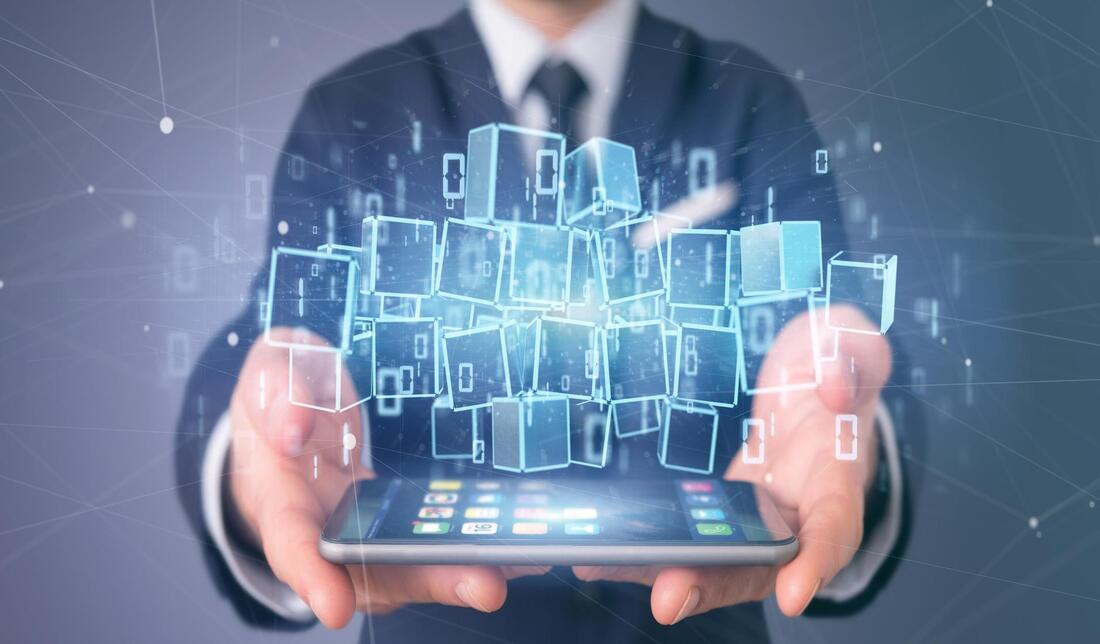
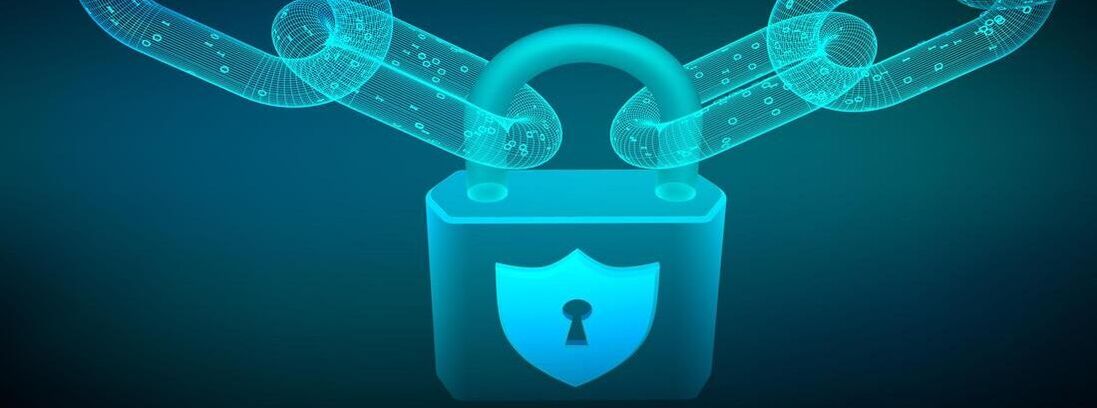
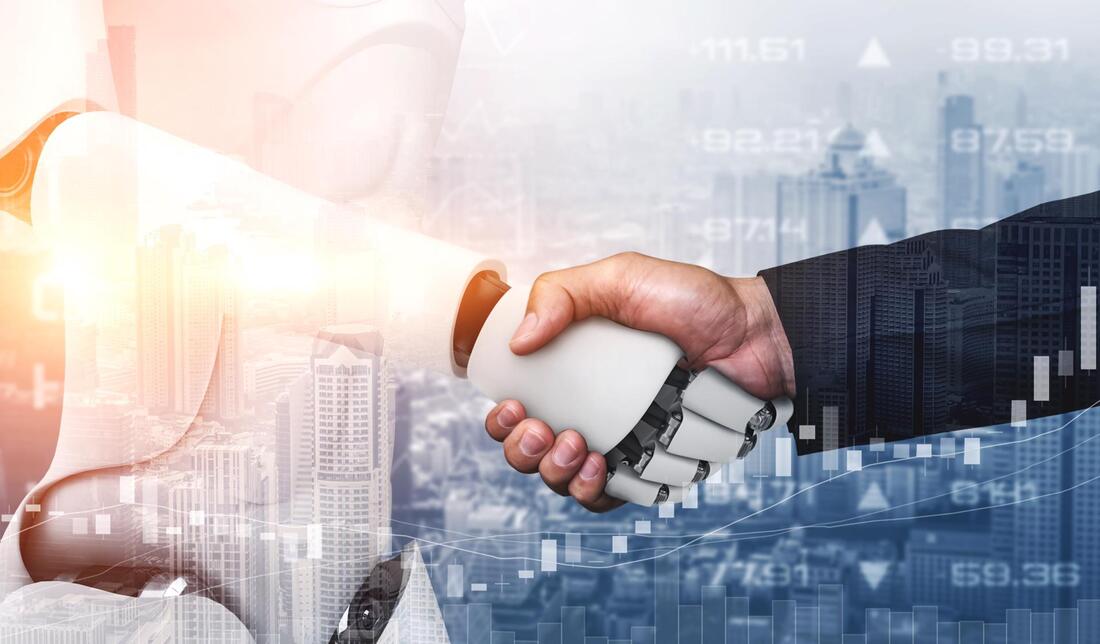
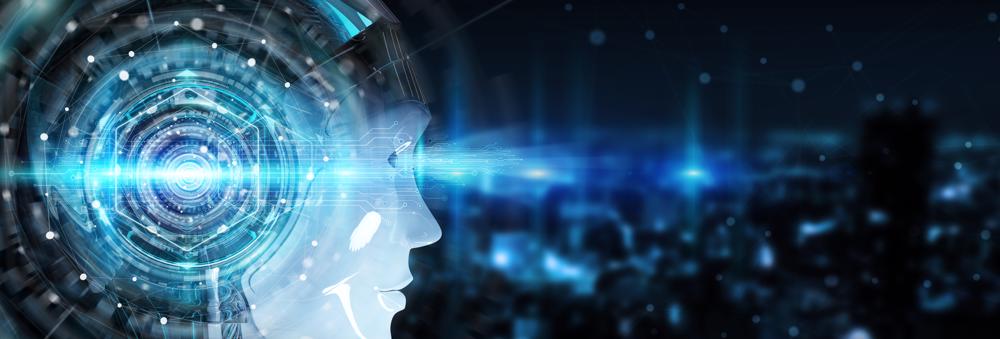
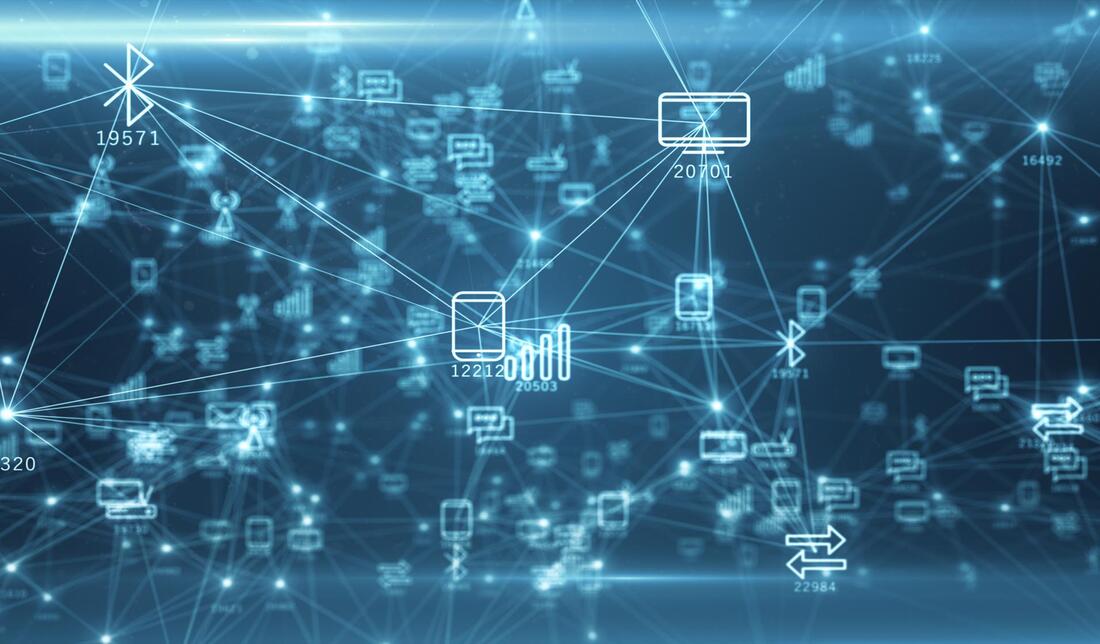
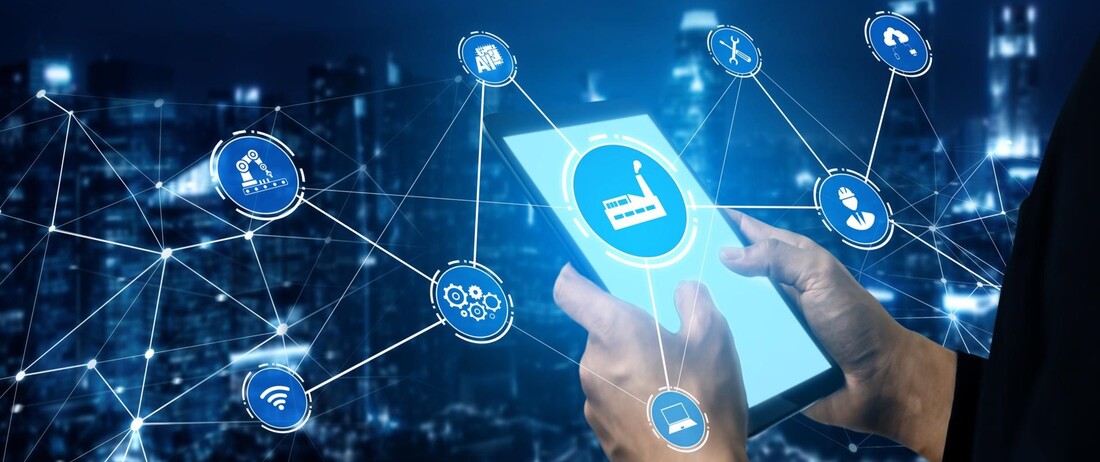
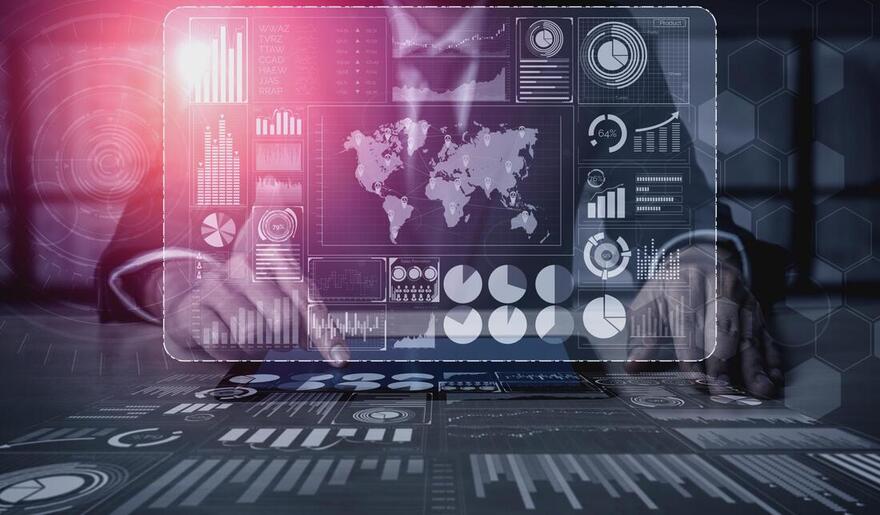
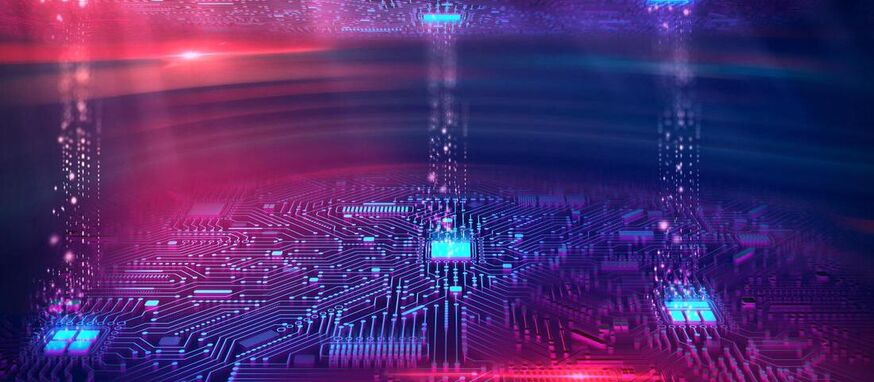
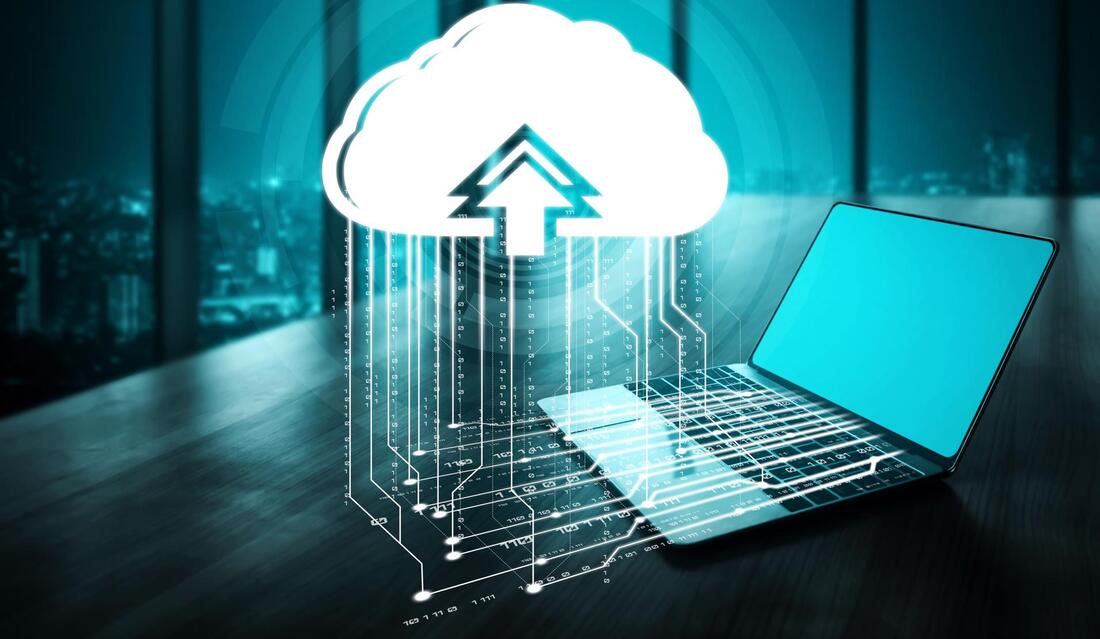
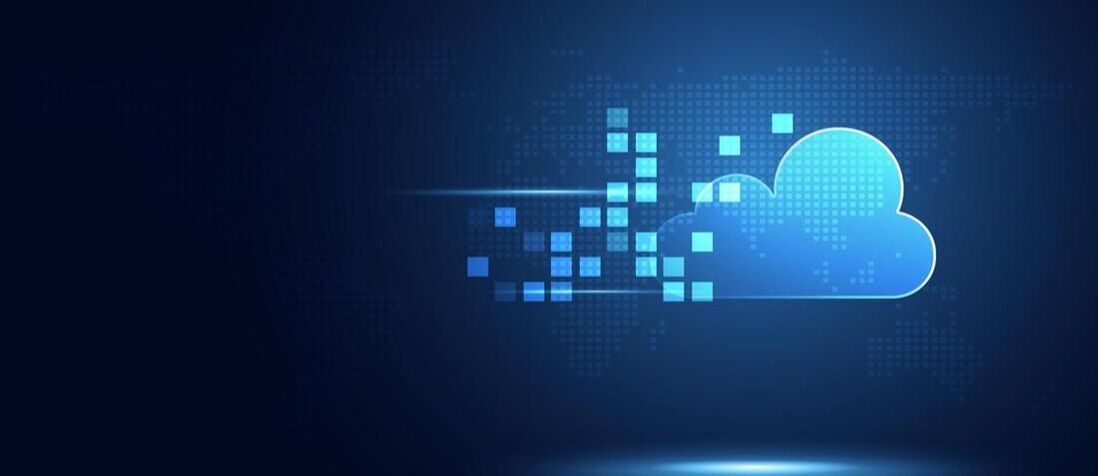
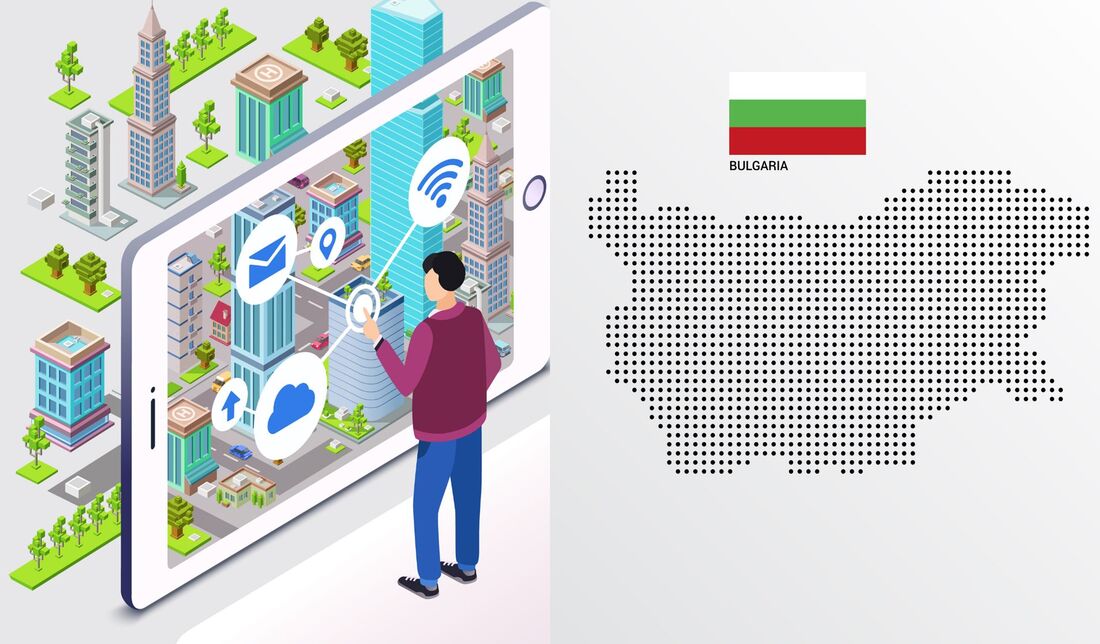
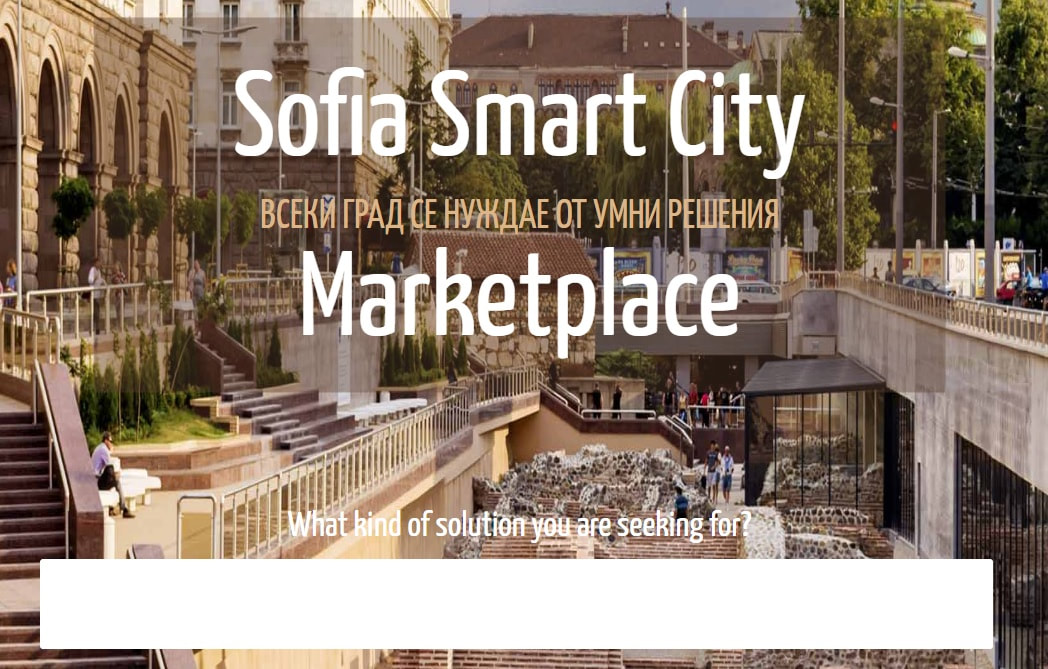
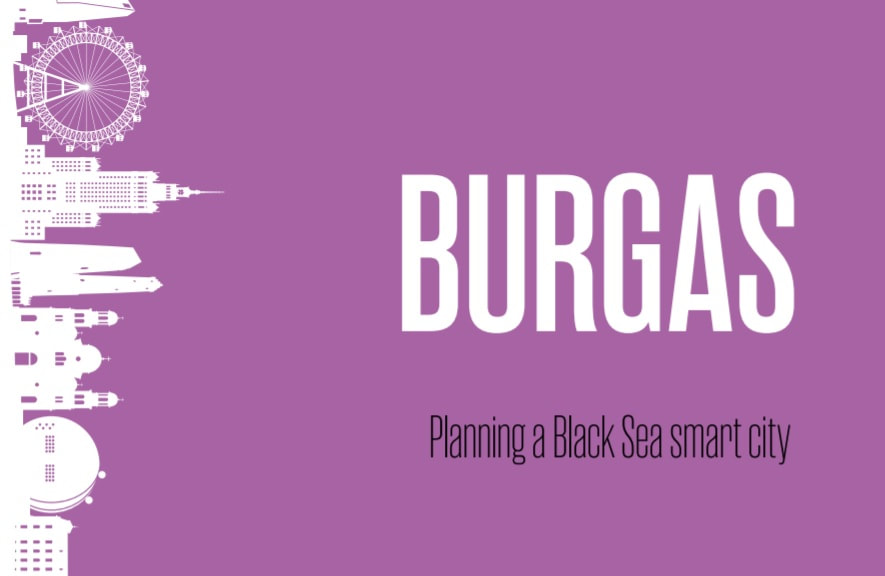
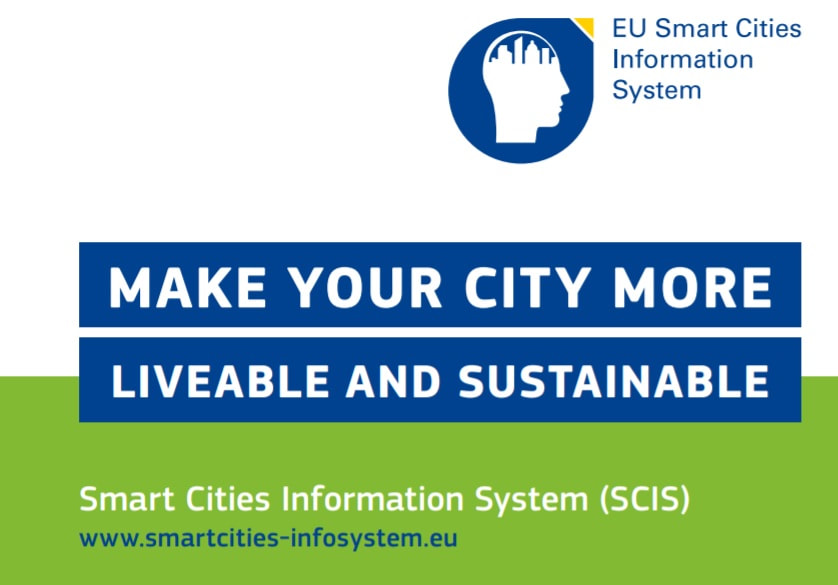


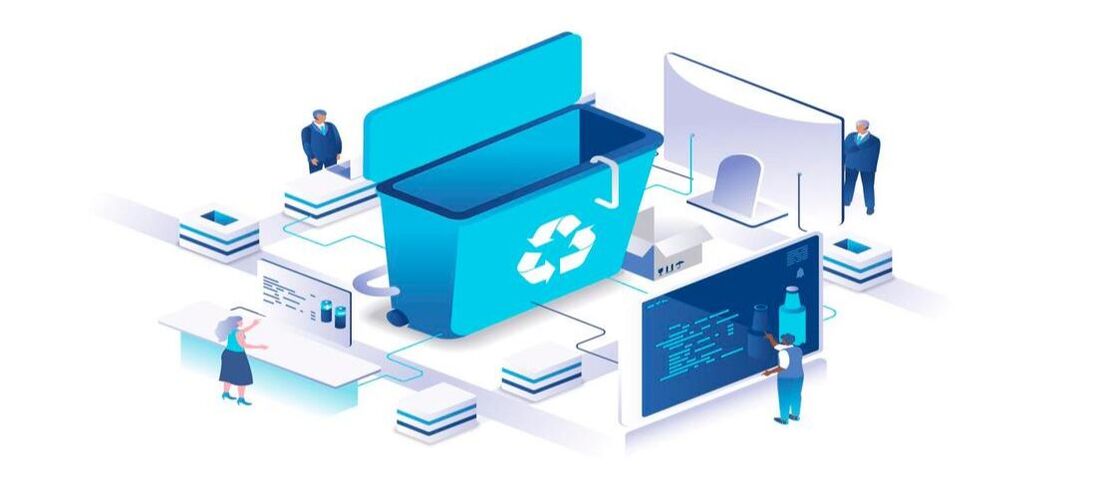
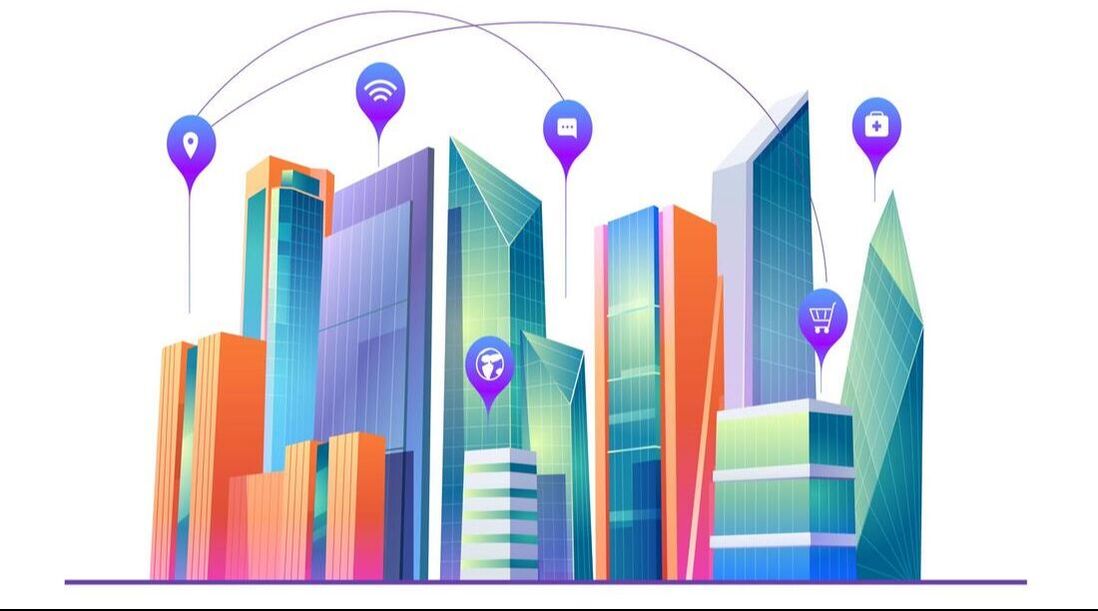
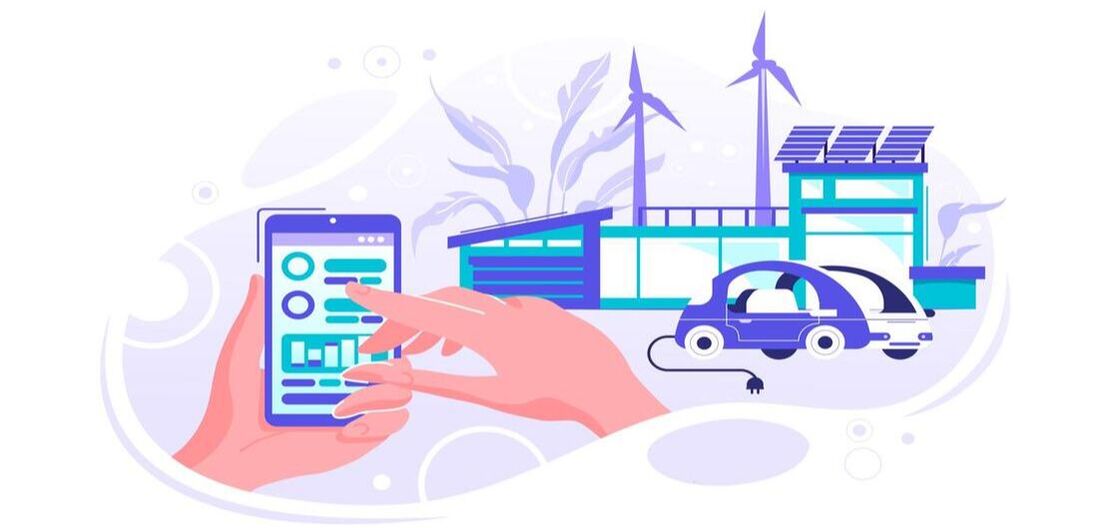
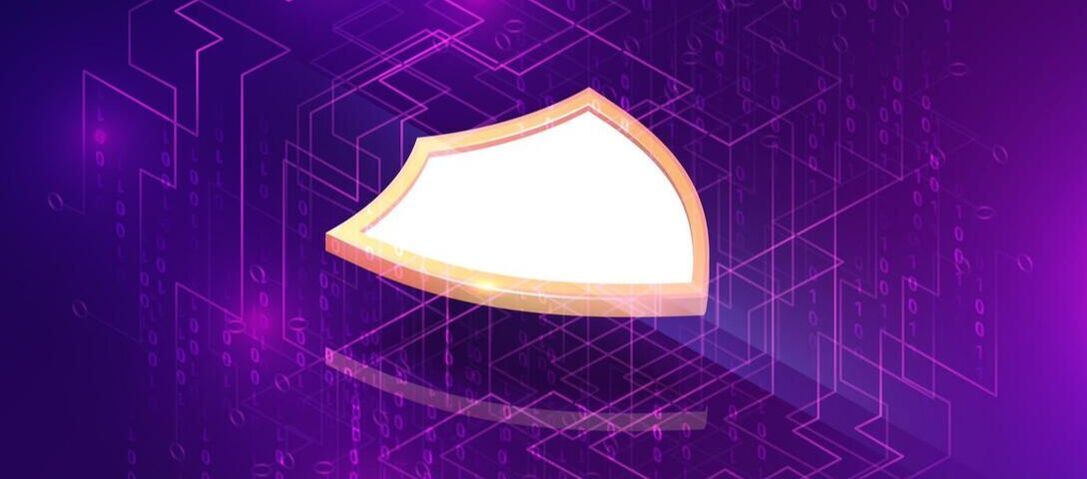
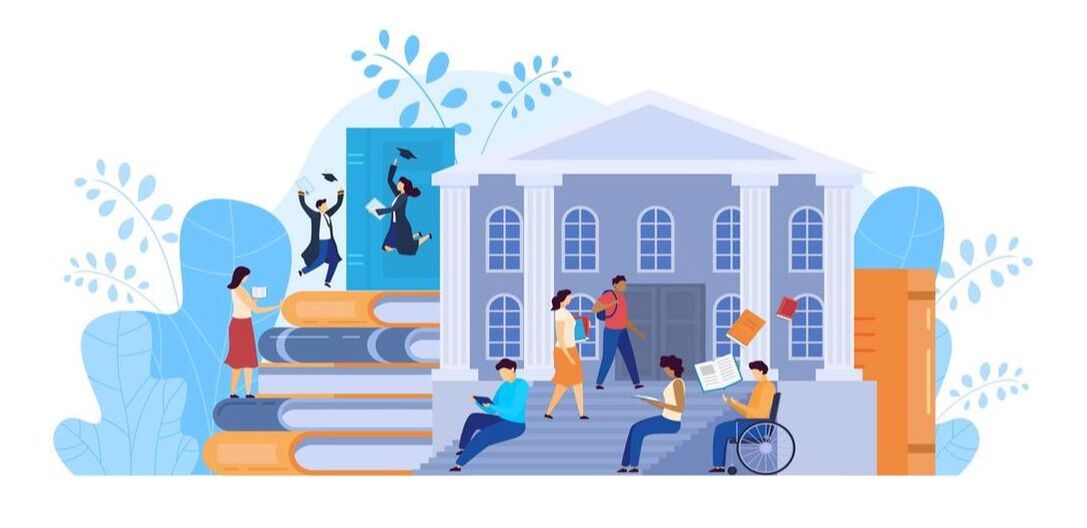

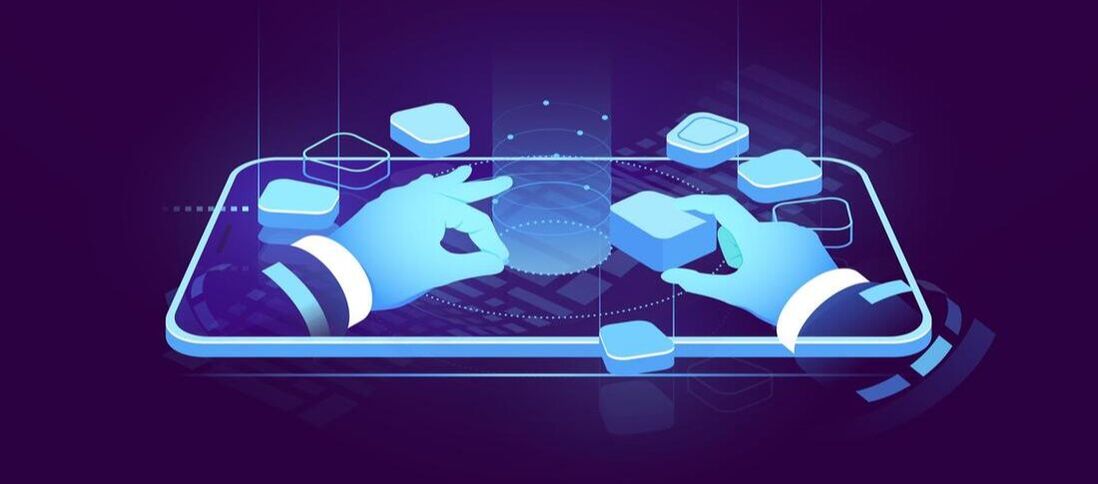
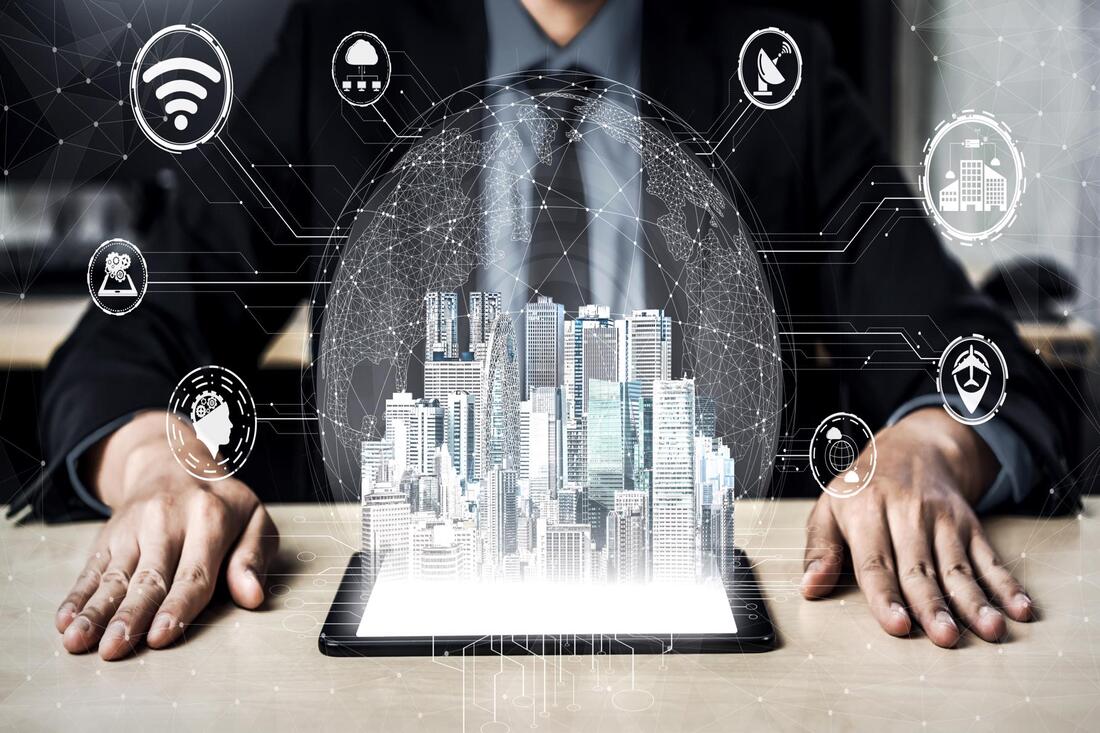
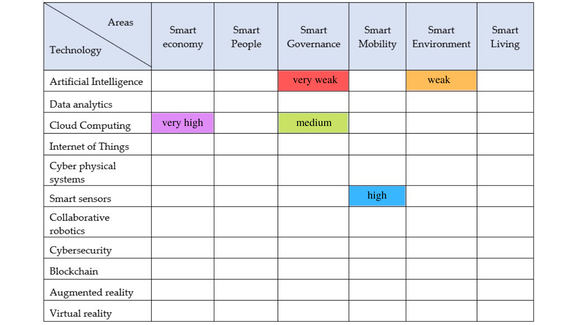

 RSS Feed
RSS Feed
